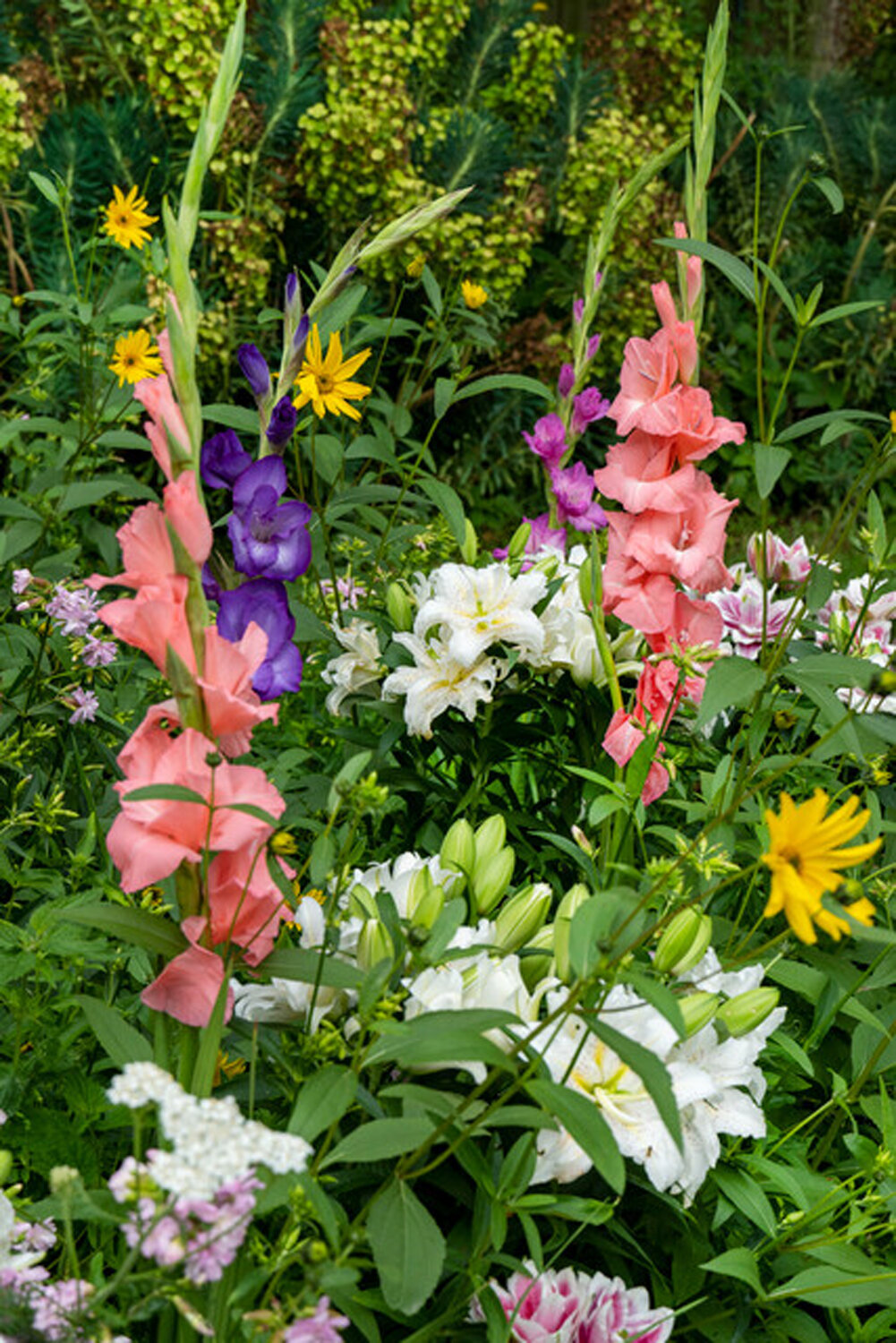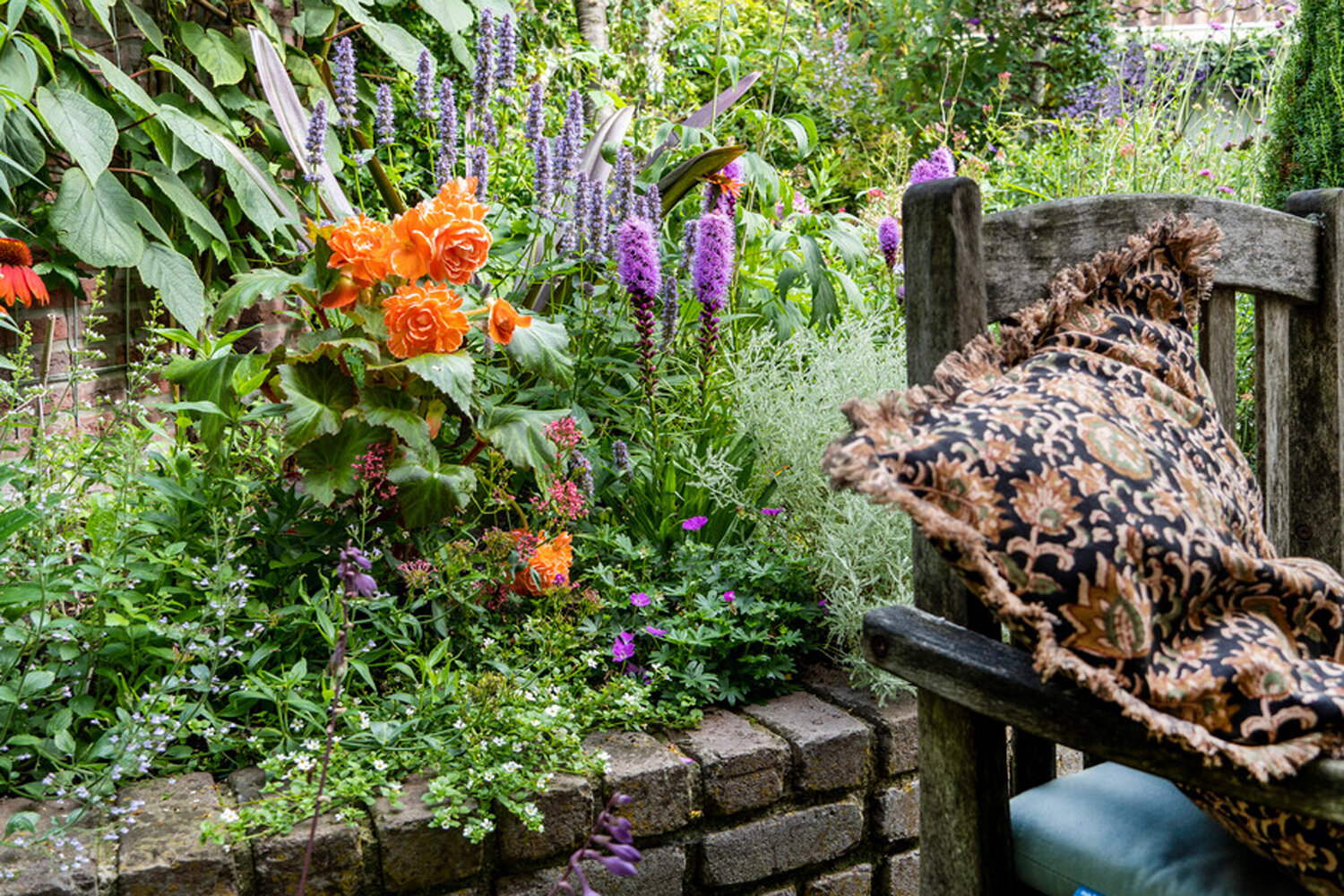Transform your yard for summer: Tips for growing summer bloomers
As we eagerly welcome spring — and Earth Month — the moment has arrived to think about how you want your yard to serve your family, pets and wildlife.
Maybe you’re aiming to have the best yard on the block, want to install an outdoor “family room,” or expand your space for entertaining. Perhaps your kids or pets could use a better play space.
Spring and backyarding — the act of doing indoor activities such as dining, working, entertaining, even exercising, in our own backyards — surely go hand in hand.
“Knowing your backyarding personality type can help you be better prepared to craft a yard that is not only beautiful, but is also purposeful and specifically suited to how you backyard,” says Kris Kiser, president of the TurfMutt Foundation, which advocates for the care and use of green space.
The TurfMutt Foundation celebrates 15 years in 2024 teaching families how to save the planet one yard at a time.
“There really are no rules. Create an outdoor area that reflects your unique personality and style while supporting the things you like to do in your green space,” Kiser says. “Your yard isn’t just for aesthetics. It’s purposeful and contributes to our and the planet’s well-being. We encourage you to design your space that shows off your sense of style and supports what is important to your family.”
For most of us, that means filling our home environment with flowers. Plant summer bulbs and you’ll enjoy extra flowers in your garden next summer for months on end. Pick a nice spring day and turn planting into a fun outdoor activity — and get everyone involved.
Starting in early spring and all through summer, flower bulbs give you that lovely spring feeling. Even if March and April are often still cold and bleak, the first brave bulbs already start flowering. Imagine how fun it will be to cut some flowers from your own garden to put in a vase. In this way, you can enjoy spring inside as well.
Once the danger of night frost has passed, it is time to plant summer bulbs. If you don’t have enough garden space, no worries. Summer bulbs thrive planted in pots as well. With so many varieties available, you can you create the most colorful displays. You can enjoy these eye-catchers on your deck, patio or terrace for months.
Exuberant effect
All summer bulbs are suitable for planting in pots, by the way, They come in all kinds of shapes and colors. Five of the best-known include dahlia, Begonia, gladiolus, Calla and lily. They all have their own charm, so it all depends on what you like. Low-growing summer bulbs are particularly suitable for pots, such as dahlias up to about 20 inches tall and tuberous begonias.
For an extra exuberant effect, mix several varieties of summer bulbs together. It is a smart choice if you want to extend the flowering period. Some flowers, such as dahlias and begonias, will actually continue to flower until the first frost.
Well-known or lesser known
Once the threat of night frost has passed, it is time to get started with summer bulbs.
The planting period runs until late May. You can choose popular dahlias, gladioli (Gladiolus), lilies (Lilium) or tuberous begonias. You could also go for lesser-known varieties, such as Crocosmia (previously known as Montbretia), variegated pineapple lily (Eucomis), Tigridia or Liatris.
Have you picked the perfect spot yet? Most summer bulbs need at least six hours of daily sun for rich flowering. So, check the packaging to see if your chosen bulbs prefer sun or (semi-)shade. Their demands on the soil are modest — it just needs to be sufficiently permeable to water.
Perfect match
Lower-growing varieties are best planted at the front of the border. Taller-growing ones thrive in a sheltered spot, against a wall or near a shrub, for example.
Group similar color hues together, or indeed, choose contrasting colors. Crocosmia, Dahlia and Liatris make a good team, as do lilies with gladioli and Canna lilies.
Summer bulbs are also a perfect match with perennials and shrubs.
Easy planting
Plant bulbs twice as deep as they are tall. Exceptions to this rule are dahlias and begonias, which should be planted less deep (with a few inches of soil above them).
Place bulbs in the soil with the growing point (“nose”) facing up. For begonias, the concave side is the top. Don’t worry if you’re not sure — once they sprout, they will grow upward on their own.
Fill the hole with soil and tamp it down lightly — water your bulbs.
In a pot, you can plant them a little closer together. Make sure there are holes in the bottom of the pot to allow excess water to drain away.
Put some shards or clay pellets at the bottom of the pot with potting soil on top. Next, follow the steps above. The bulbs will grow out on their own. They need watering only during long periods of drought.
Just a little more patience before you can enjoy the colorful results.

 66.0°,
Shallow Fog
66.0°,
Shallow Fog 









